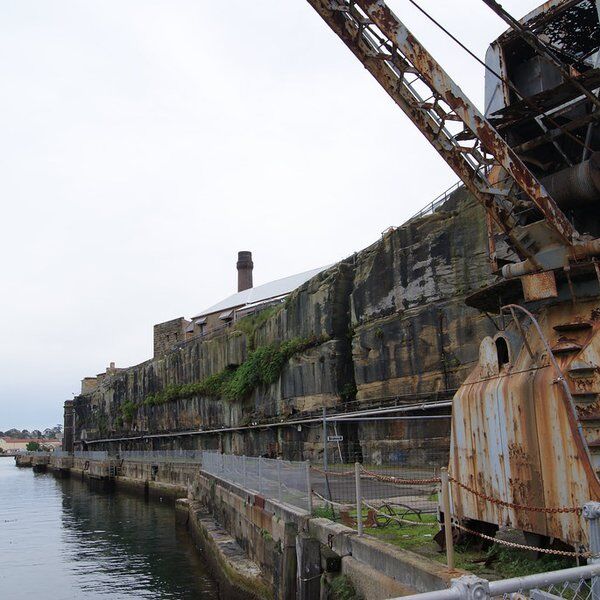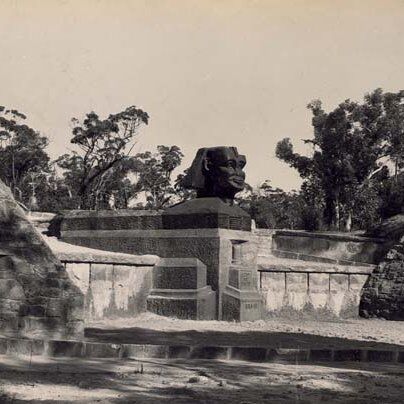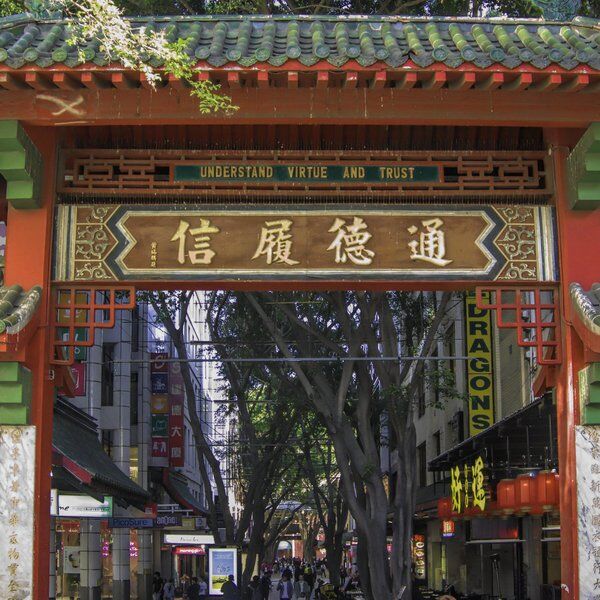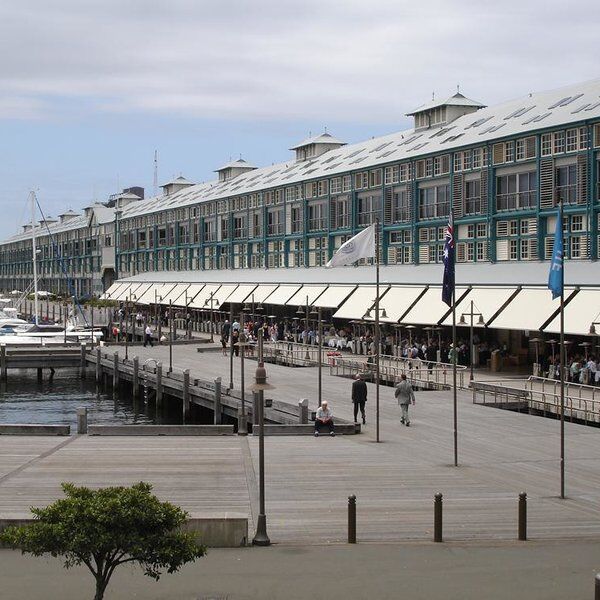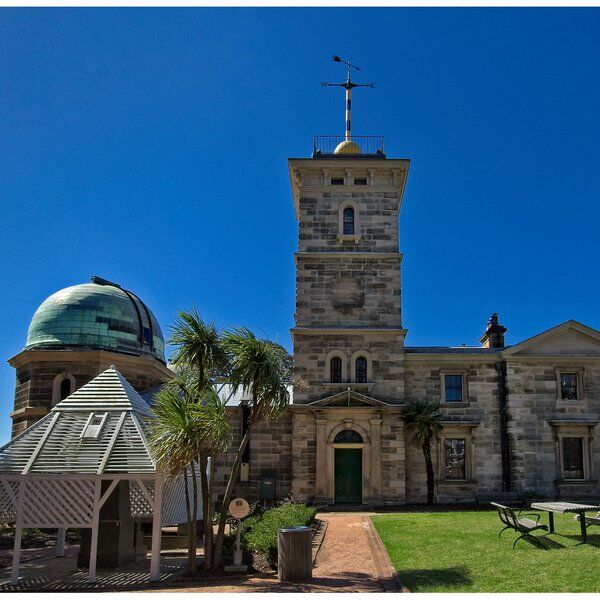Discover the Aboriginal Rock Engravings in Sydney
Sydney is filled with world-famous landmarks like the Sydney Opera House and the Harbour Bridge, but the NSW capital city is also home to one of the world’s most ancient cultural landmarks: the Aboriginal rock engravings. These carvings, etched into the soft sandstone, are a form of Australian Aboriginal rock art created by the country's Indigenous peoples. They are scattered throughout Sydney and date back thousands of years. Today, one of the more significant sites is located on the clifftop fairways of Bondi Golf & Diggers Club, just a short walk from the famous Bondi Beach.
What is the Purpose of Aboriginal Rock Engravings?
While the definitive purpose of Aboriginal rock engravings remains elusive, several guesses can be made based on comparisons with other indigenous cultures. These engravings likely served multiple purposes:
- Increase Sites: Ceremonies held at these sites were believed to increase the availability of food sources, such as kangaroos or fish.
- Initiation Ceremonies: Some engravings may have marked sites for initiation ceremonies, facilitating the transition of young boys into manhood. Lines of footprints or "mundoes" often indicate these sites.
- Culture Heroes and Ancestral Beings: Depictions of spiritual beings and mythical ancestral heroes from Aboriginal mythology, such as Baiame with his striped headdress or Daramulan with his large club foot, are common.
- Astronomical Guides: Certain patterns in the rock engravings resemble the Milky Way, suggesting that these sites may have also served as guides for Aboriginal astronomy.
Its important to note that a single site may have had multiple purposes.
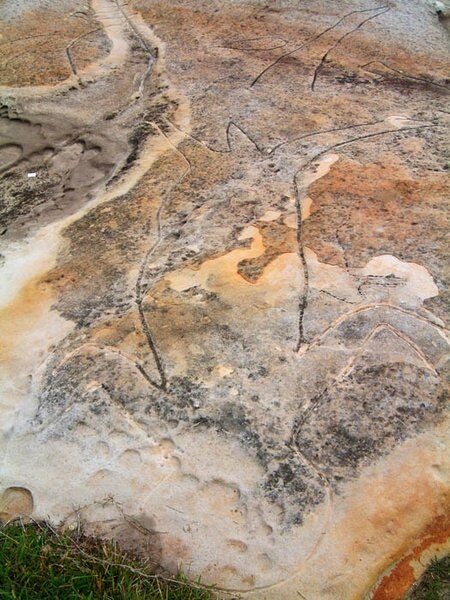
Creating Aboriginal Rock Engravings
Techniques
Creating the aboriginal rock engravings would have required skill and patience. Initially, a sketched outline was scratched onto the surface of the rock. Then using a pointed stone or shell, a series of holes was carefully drilled along the sketched lines. The softness of the Sydney Basin sandstone made this task possible. Following this, the holes were connected by rubbing a sharp stone along the line, resulting in a U-shaped groove typically about 2 cm deep and 2 cm wide. This groove is easily identifiable, and sets the engravings apart from natural or mechanical man-made markings.
Styles
Aboriginal rock art encompasses various styles:
- Stencil Art: Created by mixing ochre into a wet paste and spraying it over an object to create a stencil on the rock surface.
- Ochre Paintings and Charcoal Drawings: These often depict humans, kangaroos, emus, echidnas, and more. Black is the most frequently used colour in Sydney's pigment art, followed by white, red, and yellow.
- Grinding Grooves: Found throughout Sydney, these grooves were used to sharpen tools and are another form of rock art.
What do the Engravings Depict?
"A lot of Aboriginal people believe they were created from animals – there are engravings here of wallabies, fish, and emus."
A study of 7,804 motifs across 717 engraving sites revealed a focus on footprints, followed by marine animals, land animals, anthropomorphic figures, and cultural items. But there are also images of sacred spiritual beings, mythical ancestral hero figures. Surrounding Aboriginal rock engravings are numerous cultural sites, including art sites, burial sites, caves, marriage areas, men’s and women’s areas, birthing areas, midden sites, stone arrangement sites, and tool manufacturing locations.
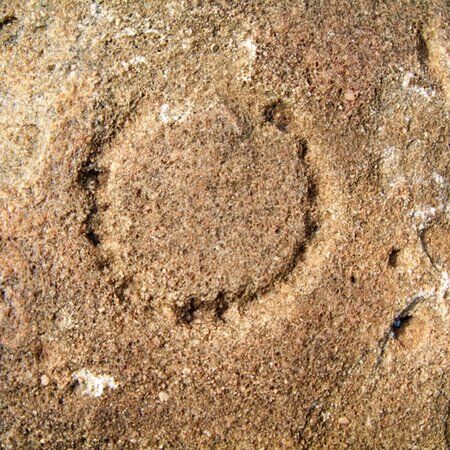
The North Bondi Aboriginal Rock Engravings
These Aboriginal Rock Engravings, known as the Ben Buckler Aboriginal engraving site, can be found on a flat patch of rock on the Bondi Golf & Diggers Club grounds, known as Murriverie. They were left by the Eora Aboriginal people and are believed to be around 2,000 years old. It is thought that they depict a man being attacked by sharks, potentially recording the first shark attack at Bondi Beach, but they are sometimes difficult to distinguish. In the 1960s, the engravings were re-grooved in an effort to preserve them, a decision that sparked controversy over the impact on the site's authenticity.
Characteristics
Here are the motifs of the Aboriginal rock engravings in North Bondi:
- Fish and Moon: Here two fish are depicted alongside a crescent moon, symbolising the connection between the sea and the lunar cycles. This would have played a crucial role in the fishing practices of the Aboriginal people.
- Shark and Fish: This motif illustrates a shark with a smaller fish etched across its tail, likely representing the food chain.
- The Turtle and the Fish: Turtles are symbols of longevity, fertility, and the eternal connection to the land and sea. As such they were considered special in many Aboriginal cultures. Combined with the fish, the 4 metre long etching might reflect a teaching about coexistence.
- Human Figures and Fish: Next to the turtle, there are two human figures believed to represent a man and a woman, alongside two fish, one of which remains one of the most distinct engravings at the site. These figures are situated in a small depression that fills with water after rain, and parts have become quite weathered.
- The Large Man and Other Figures: Below the turtle is a large figure of a man with a half-oval head and truncated arms. His exaggerated features, including a pointed penis half the length of his leg. Nearby, there are carvings of fish and the tail of a kangaroo, though many are significantly weathered.
- The Whale: The central and most imposing figure at the site is a whale with a long oval body measuring 8 metres. Although it is missing its head and part of its fin. Within its body are several overlapping figures, including a dolphin near the whale's tail, and a thresher shark.
- The Orca and the Whale: Inside the whale there is also a small Orca. The intricacy of this carving highlights the detailed knowledge Aboriginal people had about marine biology.
- Mundoes: Running alongside the site are two lines of 16 small, child-sized footprints, known as "mundoes." These footprints are believed to be a spiritual link to the ancestors, marking their presence and journeys across the land. Today, most of these footprints are covered by vegetation, with only a few still visible.

Challenges of Dating the Aboriginal Rock Engravings
Radiocarbon dating indicates that human activity in Sydney began around 30,735 years ago, or approximately 28,724 BCE. However, stone tools found in Western Sydney's gravel sediments, dated between 45,000 to 50,000 years BP, suggest that human settlement in Sydney may have occurred even earlier than previously thought.
Interestingly, some engravings appear to illustrate flora and fauna that have been extinct in Sydney for thousands of years. This has led to speculation that these particular engravings could be just as ancient. They are also characterised by a "simple figurative" style, which archaeologists generally date to between 3,000 and 4,000 BC, aligning them with the Neolithic period in Eurasia. While other engravings depict European sailing ships, indicating they are no older than 200 years.
Despite this, dating these engravings is a complex task, complicated by the practice of "re-grooving", where Indigenous peoples would go over the engravings in special ceremonies. This maintenance, while preserving the engravings, makes it difficult to determine their original creation dates.
Threats to Preserving the Aboriginal Rock Art
The North Bondi engravings, like many others, are not fenced or signposted, leaving them vulnerable to weathering, erosion, and human interference. Waverley Council’s 2020 Management Plan highlights the potential loss of these engravings due to natural degradation.
"They’re made of sandstone and the weather is going to wear it out and deteriorate it. What’s required is a fence around it and some kind of shelter to protect it because we want it to be there for another 10,000 years.”
While it has been acknowledged that more protective measures are necessary there are concerns over the signposting of the site. It is feared that increased public awareness could lead to vandalism.

"At the moment you know they’re there if you’re a local, but we are worried about interference of the sites and vandalism if we made them even more public by putting plaques and signage there."
Walangari has agreed but also believes that by promoting a broader cultural awareness, where all Australians are taught the significance of the engravings, they would be better protected.
"It’s not just Aboriginal history, it’s Australian history."
Dreamtime Southern X walkabout tours manager Margret Campbell also argues that cultural awareness of the significance of these Aboriginal rock engravings is needed to combat the ongoing effects of terra nullius—the idea that the land belonged to no one before European settlement. Campbell supports fencing and acknowledging these areas, coupled with education for local residents. After all, these engravings in Sydney are not simply historical artefacts; they are expressions of life, belief, and the environment.
Guidelines for Visiting Aboriginal Engraving Sites
Unlike the pyramids or Stonehenge, Aboriginal rock art can be elusive, scattered across the landscape and slowly succumbing to the forces of nature. That being said, it is important to respect the sites when visiting, and stay on designated paths. Avoid walking on the carvings and do not attempt to make the designs more visible by scratching over them.
Many engravings are in heavily shaded areas, making them difficult to see at certain times of the day. The best times to visit the Aboriginal rock engravings are early morning or late afternoon when the sun is low, which makes the engravings stand out against the rock surface.
Lichen, leaf litter, and other debris often cover the engravings, adding to the challenge of seeing the sites. The journey to these sites can also be tough, and explorers may encounter wildlife such as snakes and goannas. Make sure to prepare for such circumstances wearing suitable footwear, and remaining vigilant.

Interested in finding more places like this? Why not try one of our Scavenger Hunts in Sydney - work as a team to overcome cryptic riddles and allow yourselves to be swept off the beaten track on a journey to discover all the quirky bars and unusual sites Sydney has to offer.







